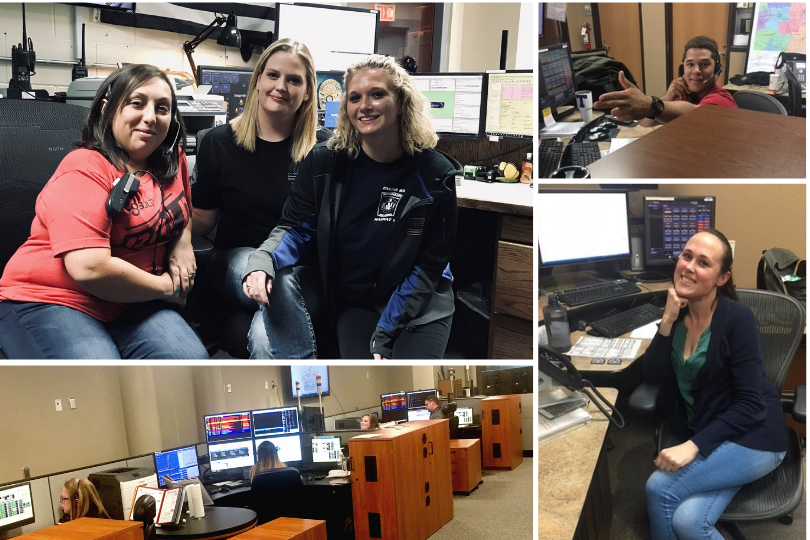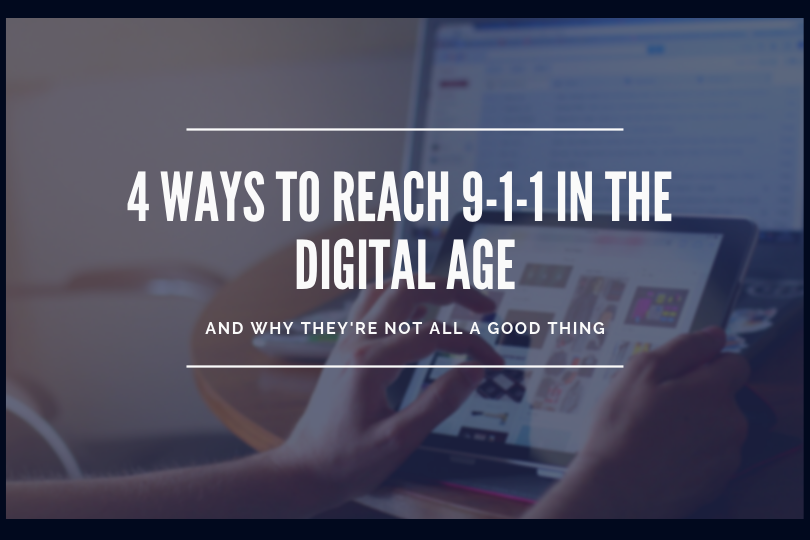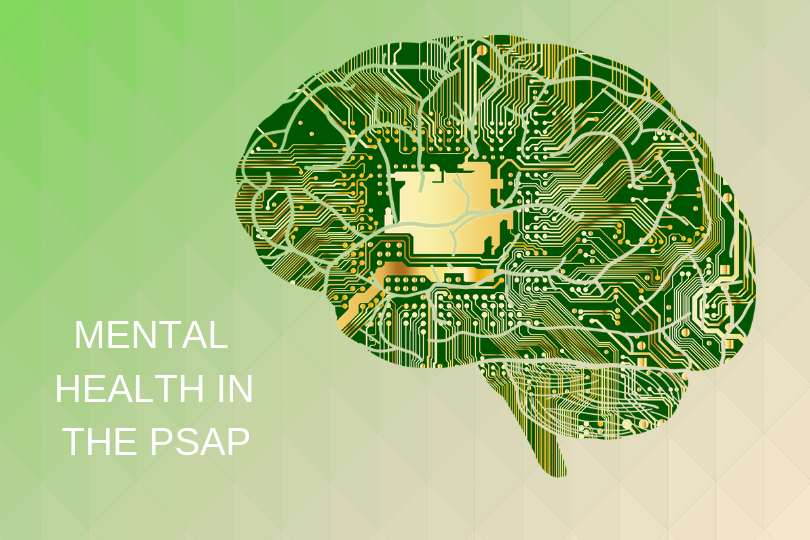What Is Additional Data and What Does It Have to Do with 9-1-1?
The term “additional data” has been floating around the 9-1-1 industry lately, and it’s important to us at the North Central Texas Emergency Communications District that our telecommunicators and citizens understand what that term means.
Though it sounds complicated, it’s really just about information. One of the next steps in Next Generation 9-1-1 is to provide additional information from devices, systems, and other data-storing tools like apps or smartdevices. This information can assist 9-1-1 telecommunicators in making decisions about what kind of help and how much is needed for a caller. The goal is a better, faster response.
But what kind of information would telecommunicators get?
Picture and Video
This is what most people think when they hear the term “additional data.” Industry professionals have known that picture and video would be coming to the 9-1-1 call center soon, but this is just the tip of the iceberg. Yes, livestreaming video from an emergency or sending photos is a part of the additional data process, but it’s only a small part of a bigger plan.
Home Security
What if fire alarms let a telecommunicator know the temperature and intensity of a fire before responders were dispatched? Additional data could also provide something as simple as the face of the thief stealing Christmas gifts off a porch. With new technologies being applied to home security systems, it only makes sense that public safety should benefit. Plenty of security companies are working toward collaboration with 9-1-1 to create a safer experience for their customers.
Vehicle Information
The details of a vehicle accident are crucial to a first responder. Data like seatbelt sensors, the number of passengers, and information on air bag deployments change how a telecommunicator dispatches responders. Having this information readily available the second the first 9-1-1 call is made allows for a quicker response and more lives saved.
Medical Information
Wearable devices like Fitbits and Smartwatches contain vital medical information. If a citizen chooses to allow emergency services to have access to this info during a crisis, a telecommunicator could one day have necessary medical and contact information at their fingertips.
Though a lot of this technology is still in development, it won’t be too long into the future before we see it. The interconnection of smart devices not only makes parts of our lives more convenient, but it has a huge opportunity of changing how we save them. It will be a long road before additional data is implemented on a large scale, and there are still questions from telecommunicators on the front lines who are concerned about what this means for their role. The goal of integrating additional data into a PSAP is to help telecommunicators, not to overcomplicate their position. That’s why proper training and the creation and application of standard procedures that are individualized to each PSAP will be instrumental in the deployment of additional data.
New technology means industries everywhere have to learn how to adapt, including 9-1-1, but telecommunicators are some of the strongest, most resilient members of the public safety family, and we know that they are up to the challenge.




